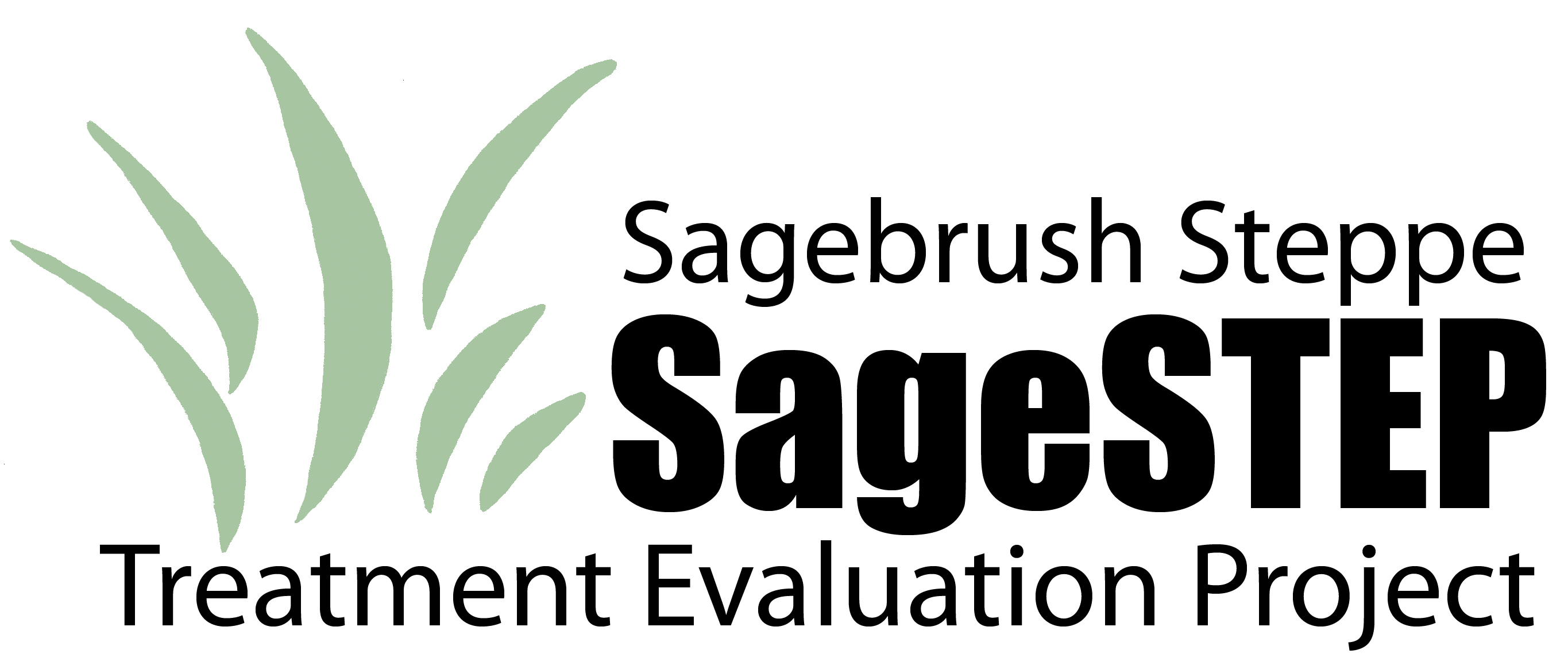Document Type
Report
Publisher
U.S. Geological Survey
Publication Date
12-7-2015
First Page
1
Last Page
32
Abstract
Sagebrush steppe ecosystems in the United States currently (2015) occur on only about one-half of their historical land area because of changes in land use, urban growth, and degradation of land, including invasions of non-native plants. The existence of many animal species depends on the existence of sagebrush steppe habitat. The greater sage-grouse (Centrocercus urophasianus) is a landscape-dependent bird that requires intact habitat and combinations of sagebrush and perennial grasses to exist. In addition, other sagebrush-obligate animals also have similar requirements and restoration of landscapes for greater sage-grouse also will benefit these animals. Once sagebrush lands are degraded, they may require restoration actions to make those lands viable habitat for supporting sagebrush-obligate animals. Land managers do not have resources to restore all locations because of the extent of the restoration need and because some land uses are not likely to change, therefore, restoration decisions made at the landscape to regional scale may improve the effectiveness of restoration to achieve landscape and local restoration objectives. We present a landscape restoration decision tool intended to assist decision makers in determining landscape objectives, to identify and prioritize landscape areas where sites for priority restoration projects might be located, and to aid in ultimately selecting restoration sites guided by criteria used to define the landscape objectives. The landscape restoration decision tool is structured in five sections that should be addressed sequentially. Each section has a primary question or statement followed by related questions and statements to assist the user in addressing the primary question or statement. This handbook will guide decision makers through the important process steps of identifying appropriate questions, gathering appropriate data, developing landscape objectives, and prioritizing landscape patches where potential sites for restoration projects may be located. Once potential sites are selected, land managers can move to the site-specific decision tool to guide restoration decisions at the site level.
Recommended Citation
Pyke, D.A., Knick, S.T., Chambers, J.C., Pellant, M., Miller, R.F., Beck, J.L., Doescher, P.S., Schupp, E.W., Roundy, B.A., Brunson, M., and McIver, J.D., 2015, Restoration handbook for sagebrush steppe ecosystems with emphasis on greater sage-grouse habitat—Part 2. Landscape level restoration decisions: U.S. Geological Survey Circular 1418, 21 p., http://dx.doi.org/10.3133/cir1418.




Comments
Circular 1418